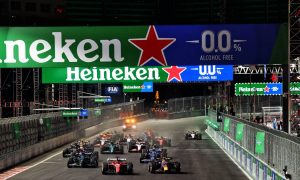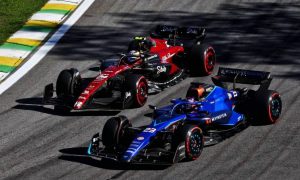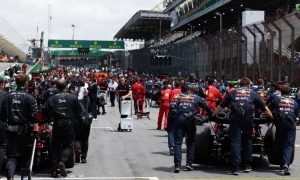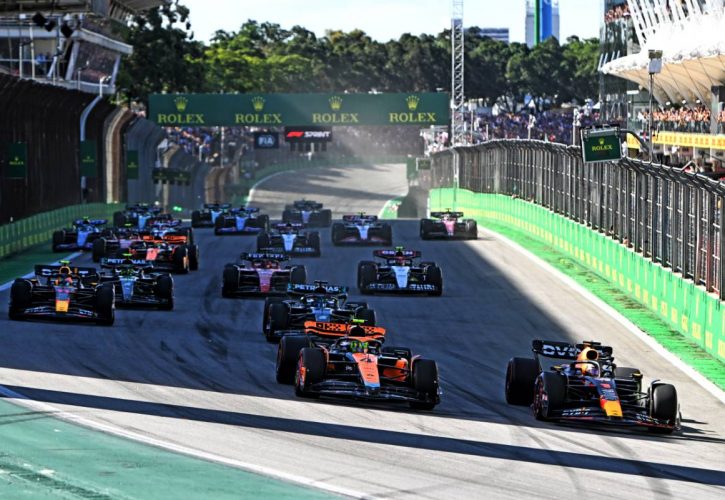
Formula 1 is hitting the reset button on its sprint race format for 2024, with a key change aimed at solving a major headache from last season.
Grand prix qualifying is reclaiming its rightful place on Saturdays, marking a significant shift in the schedule across the six sprint race weekends planned for the upcoming season.
The previous format, while injecting excitement with shorter Saturday races, faced criticism due to "parc ferme" regulations.
These locked car setups after just one practice session, creating a gamble for teams. Incorrect setup decisions during sprint qualifying or the race often meant sacrificing Sunday's grid position due to parc ferme restrictions, leaving drivers and strategists frustrated.
To address this concern, the 2024 format adopts a new schedule.
Free practice and sprint qualifying will take place on Fridays, while the sprint race itself will kick off Saturday’s action, with qualifying unfolding later in the day.
This allows teams much-needed flexibility: parc ferme can be reopened after the sprint race, granting everyone the opportunity to analyze data and adjust setups based on learnings from the shorter contest.
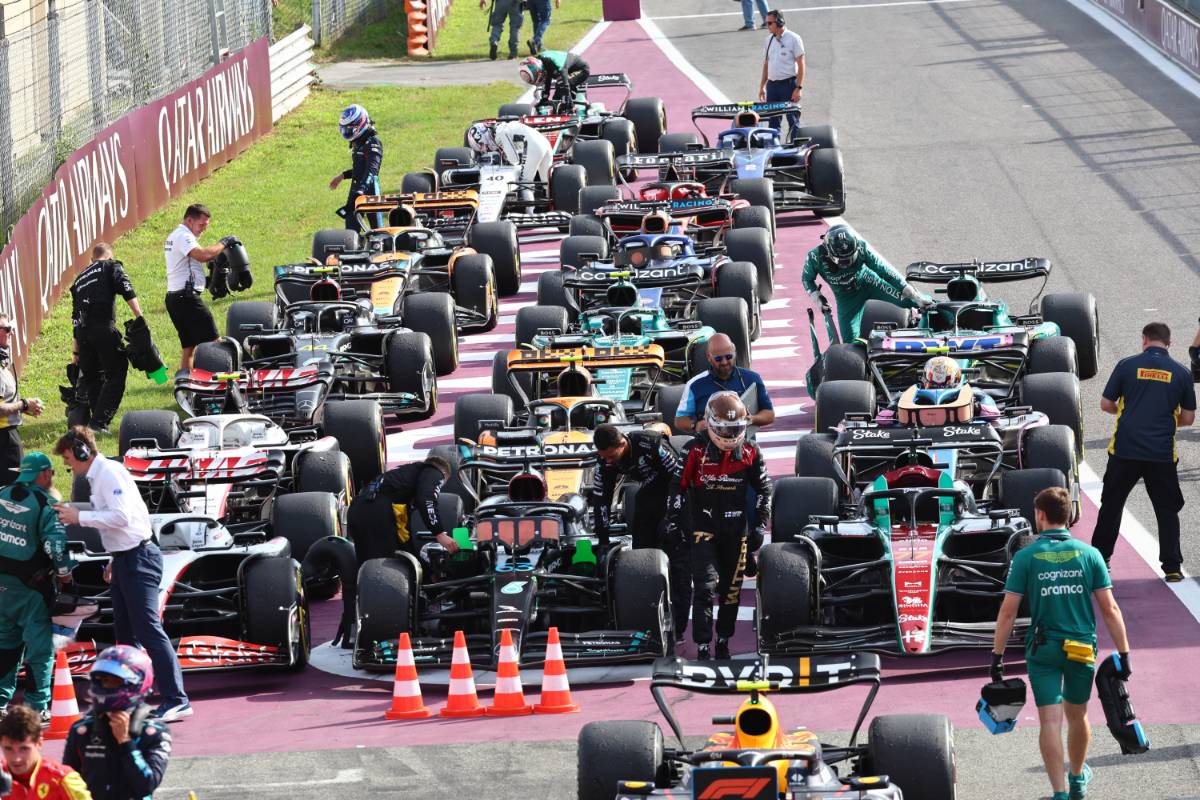
This opens up strategic possibilities and avoids penalizing drivers for early setup choices that might not translate well to the full grand prix distance.
The revised format was agreed upon on Monday by the F1 Commission, with official approval expected from the World Motorsport Council on February 28th.
Fans can anticipate a more strategic and dynamic sprint weekend experience. Having qualifying back on Saturdays restores a familiar rhythm to the build-up for Sunday's main event, while the sprint race still injects an extra layer of action and competition.
China, Miami, Austria, Austin, Sao Paulo, and Qatar are the chosen venues for this season’s six Sprint events, with Baku and Spa waving goodbye to their Sprint status.
But wait, there’s more! The F1 Commission also voted on other measures.
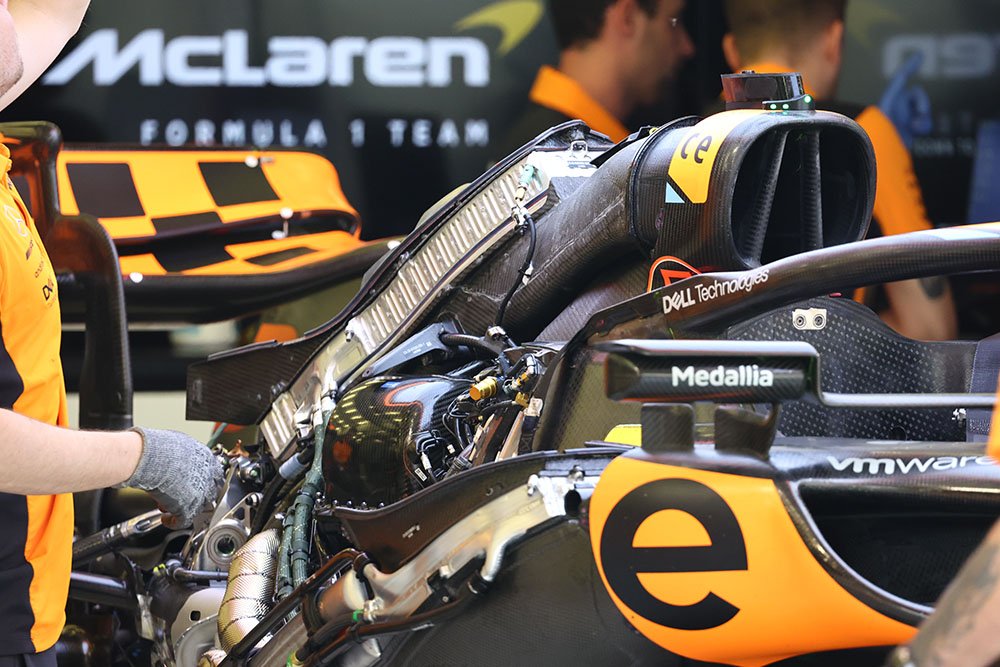
The pesky restriction on power unit allocations, limiting drivers to just three engines it's getting a well-deserved pit stop. Reverting to the 2023 format, F1 is granting drivers four ICEs, MGU-K, MGU-H, and turbocharger elements for both 2024 and 2025.
DRS, the beloved Drag Reduction System that facilitates overtaking maneuvers, is also getting a tweak. Gone are the days of waiting two laps for some action. Now, the Race Director can unleash the DRS hounds just one lap after the race starts, or after a safety car restart.
This means earlier battles for position and potentially more lead changes, keeping fans on the edge of their seats.
Looking beyond the immediate, the FIA is also laying the groundwork for the future with discussions about the 2026 regulations. Finances and sustainability are at the forefront of these talks, ensuring the sport's long-term health and its commitment to a greener future.
Keep up to date with all the F1 news via Facebook and Twitter





